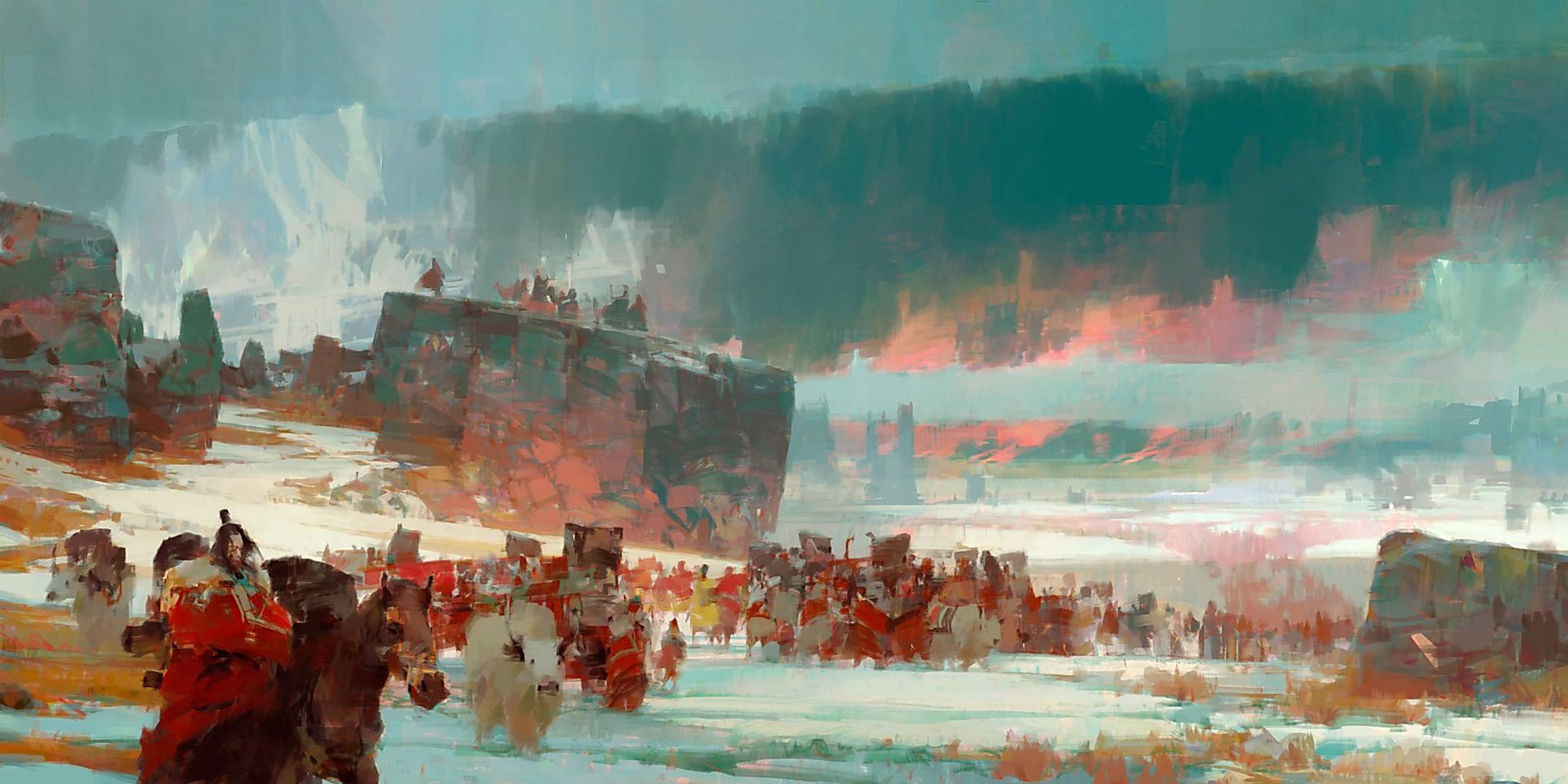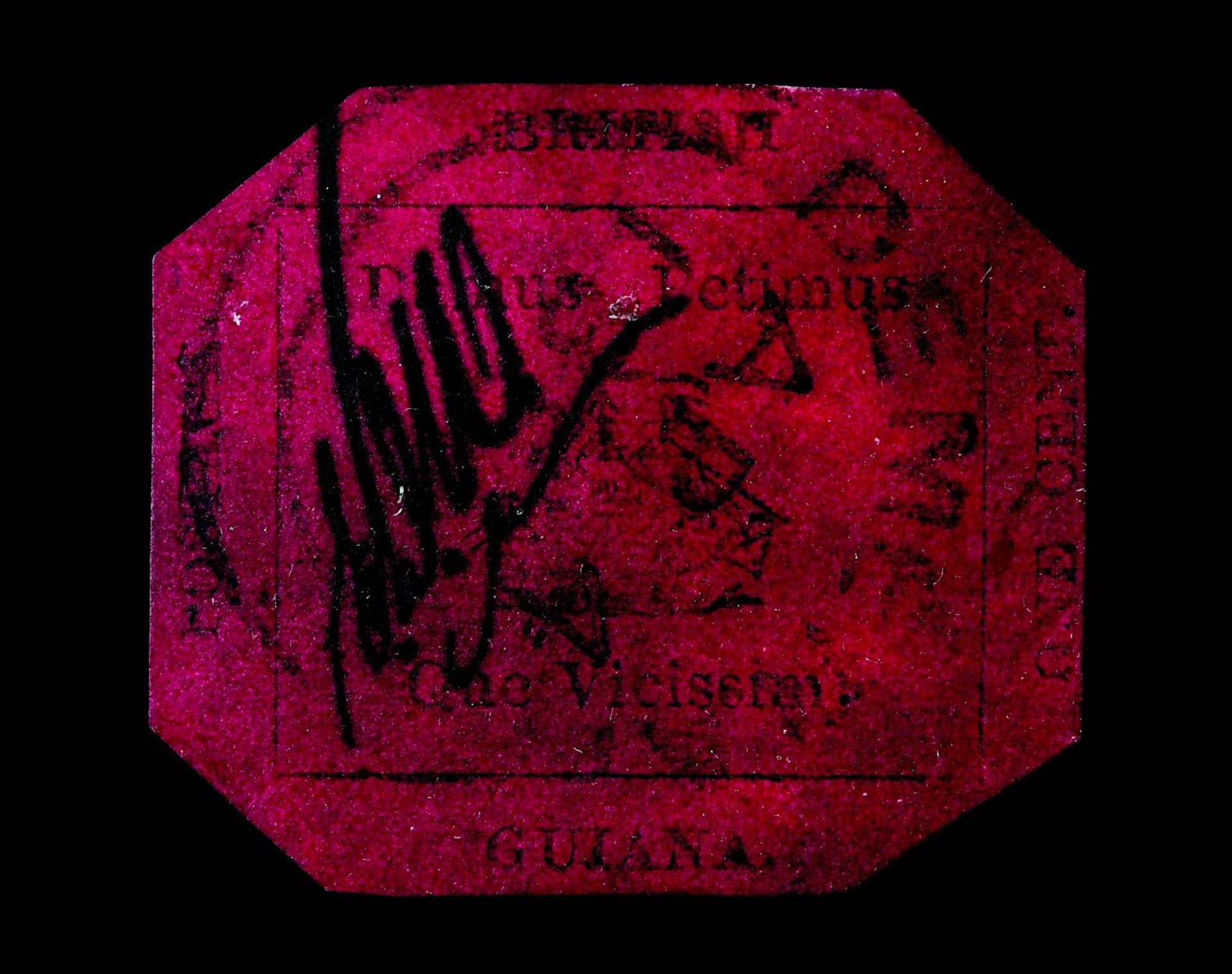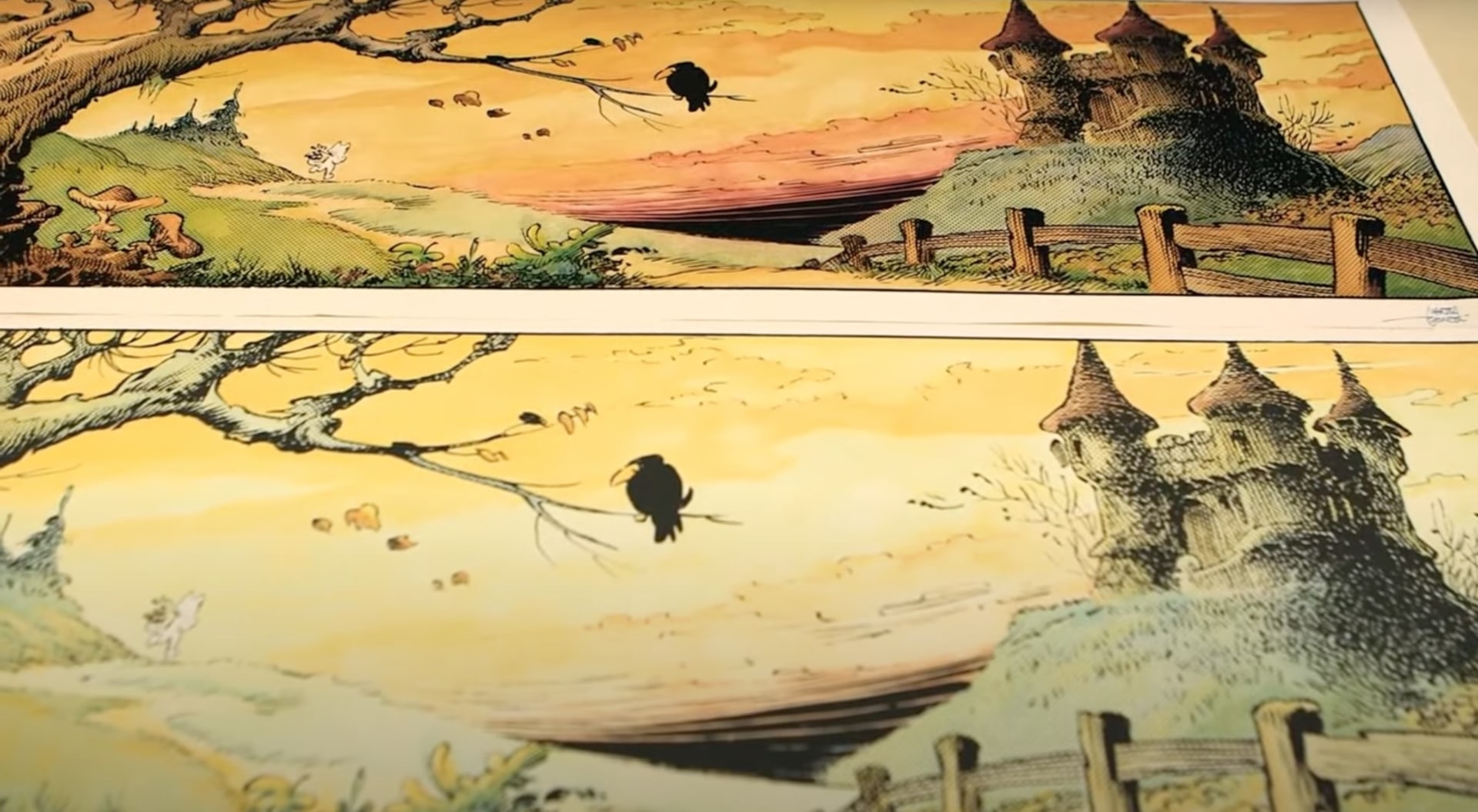Part 1. Why You Should Collect Video Game Art
Part 2. What's It Worth? Value Development in Video Game Art
On the importance of material conditions
After examining the many reasons to collect video game art in part one and two of this series, we now dive into the material properties of video game art, with a specific focus on high quality art prints. Of course there are many other art collectibles to think of related to videogames (think high-end statues, props, original marketing art, simple posters, and even NFT's), but for now we are focusing on art prints and posters.
Cook and Becker was founded on the idea that video game art has an intrinsic value, if certain conditions are met. In part 2 of this series we talked about things like artist and studio involvement, scarcity, the importance of the material quality of collectable art in general, and how they all contribute to the value of any given object. Video game art collecting is no different than collecting stamps or antiques in this respect: value will be an outcome of its perceived cultural/historical status and popularity, offset against its availability/scarcity, the market, and—the topic of this part of the series—its physical condition.





